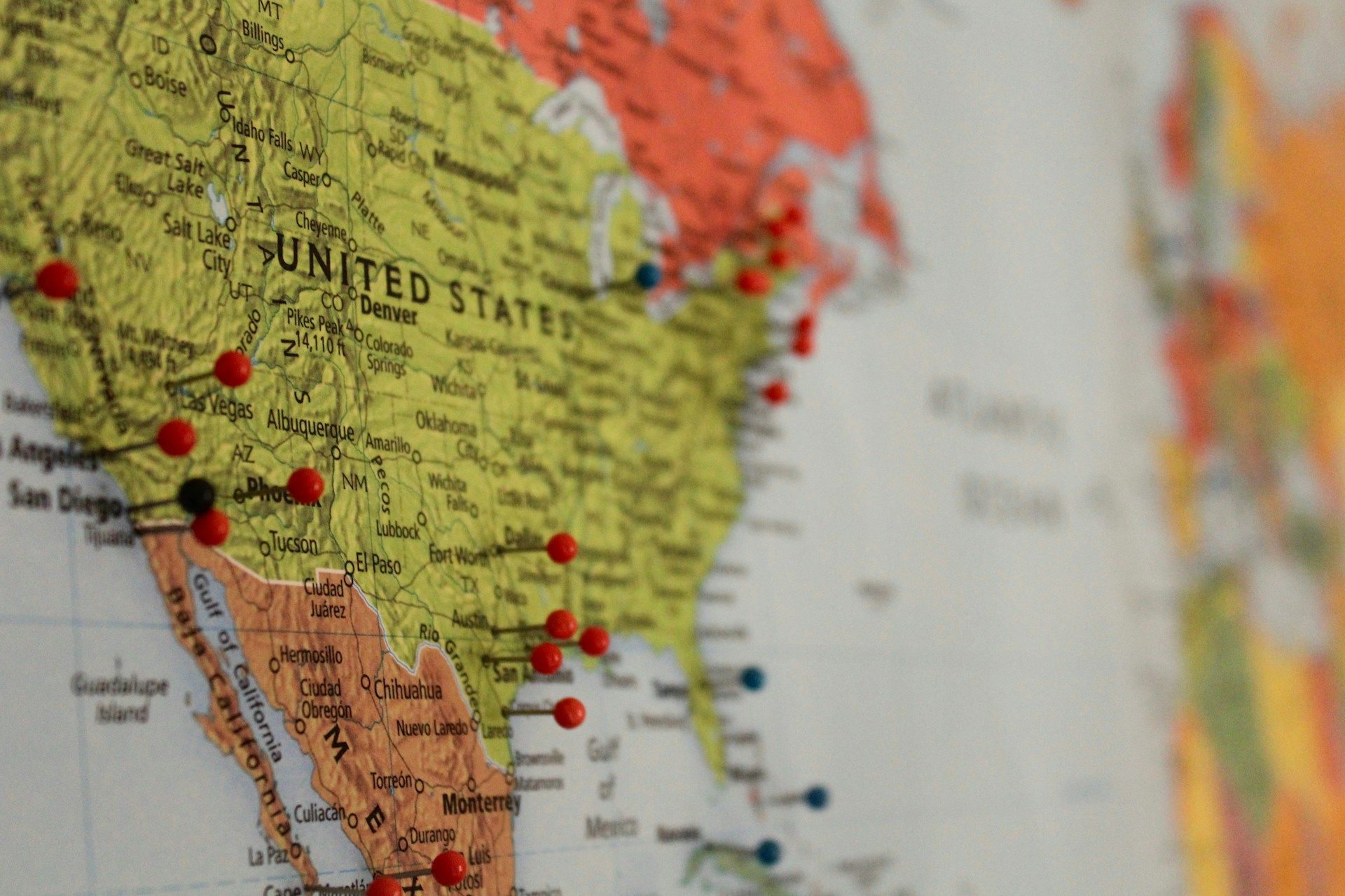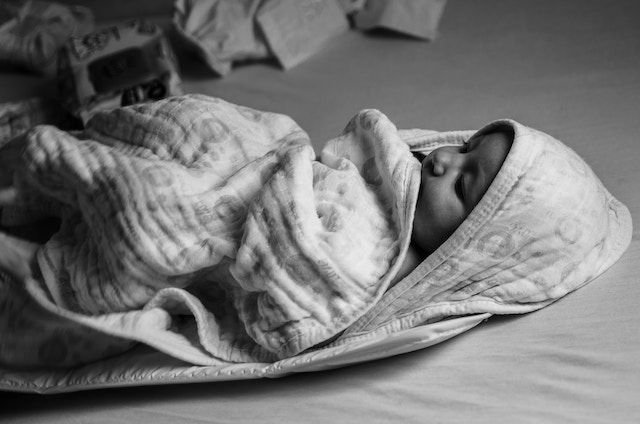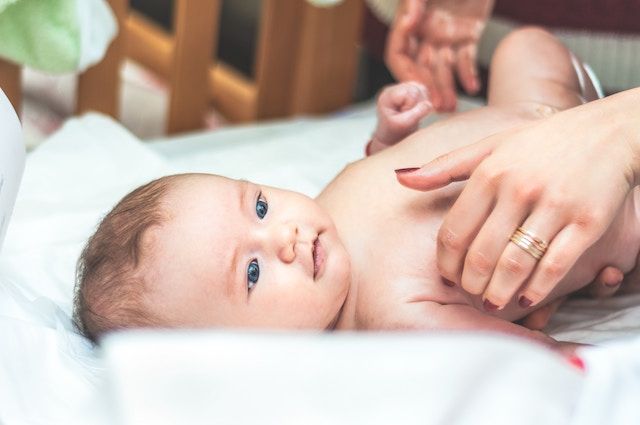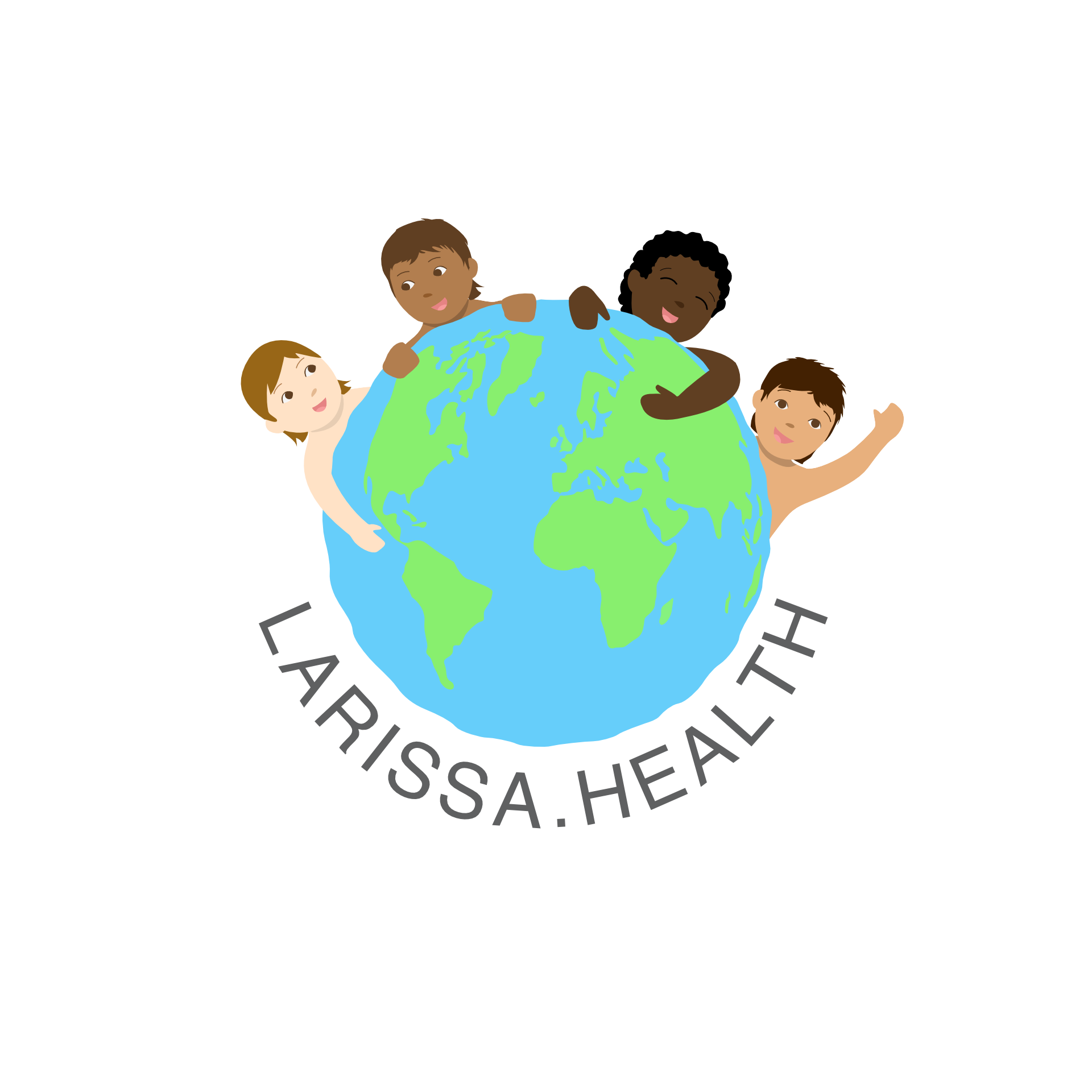Tragedy Spotlights Risks of Unlicensed Midwifery
A Call for Standardized Regulations and Awareness
The heart-wrenching story of Danielle Yeager, whose home birth under an unlicensed midwife ended in tragedy, revealing gaps in midwifery regulation.
The heart-wrenching story of Danielle Yeager, who lost her newborn son Gavin under the care of an unlicensed midwife, Christy Collins, is a stark reminder of the dangers lurking in the shadows of unregulated midwifery. This tragedy not only devastated a family but also brought to light the critical gaps in the regulatory oversight and qualifications of midwives in the United States, underscoring an urgent need for reform and awareness.
 Image by Morgan Lane
Image by Morgan Lane
Danielle Yeager's desire for a natural home birth, a choice increasingly popular in the wake of the COVID-19 pandemic, tragically ended in the loss of her child. Her story highlights the risks associated with home births, particularly when conducted by inadequately qualified individuals. The lack of awareness about the qualifications of birth attendants poses significant dangers, as evidenced by the NHS statistics indicating varying safety levels of home births.
The case of Christy Collins, who practiced without a license and was previously on probation in California, reveals the alarming regulatory discrepancies across states. This patchwork of standards makes it challenging for expectant parents to make informed decisions. The American College of Obstetricians and Gynecologists (ACOG) advocates for the adoption of the International Confederation of Midwives standards nationwide, a move that could prevent future tragedies.
In the aftermath of this tragedy, there is a pressing need for advocacy and awareness about the qualifications of midwives and the safety of home births. Expectant parents must be educated about the risks and benefits of their choices. Standardizing midwife qualifications across the country is a crucial step towards ensuring the safety of mothers and their babies.
The story of Danielle Yeager is not an isolated incident. The lack of standardized rules governing midwifery has led to numerous preventable harms to mothers and babies. The ACOG's call for implementing the International Confederation of Midwives’ standards in every state is a testament to the dire need for uniformity in midwifery qualifications.
There are three types of midwives: certified nurse-midwives, certified midwives, and certified professional midwives, each with varying levels of training and qualifications. The case of Christy Collins, a certified professional midwife (CPM), highlights the potential risks associated with less rigorous training and the importance of understanding these distinctions.
CPMs are credentialed by the North American Registry of Midwives (NARM).
NARM told the Post it has revoked the credentials of 10 of the more than 4,300 midwives it has certified over 30 years, but the reasons why were not revealed.
Because CPMs operate without any national set standards, there is little, if any, accountability when a home birth goes wrong.
Quote from the article of the Daily Mail
With home births accounting for 1.4 percent of births in the United States in 2021, the highest level since at least 1990, the role of midwives in these births is significant. However, studies have shown that planned home births can have a higher risk of perinatal death and neonatal seizures compared to hospital births, emphasizing the need for qualified care.
The lack of regulation in certain states allows unlicensed practitioners like Collins to operate without accountability, leading to tragic outcomes. The case of Gavin's death illustrates the dire consequences of this regulatory void and the need for legislative action to ensure that midwives are properly licensed and held accountable.
The tragic story of Danielle Yeager and her son Gavin is a poignant reminder of the critical need for standardized regulations and increased awareness in the field of midwifery. As we move forward, it is imperative to advocate for change and educate expectant parents, ensuring that the joy of childbirth is not overshadowed by preventable tragedies. The path to safer births lies in the collective effort to establish stringent regulations and promote informed decision-making among parents-to-be.





